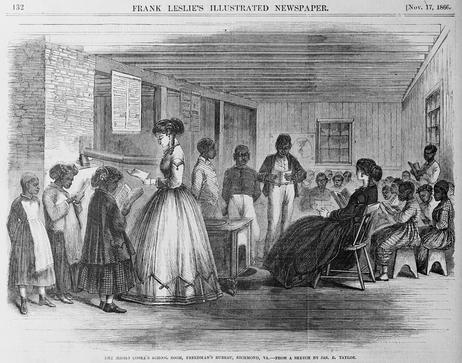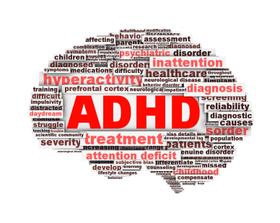How Are Public Schools in the United States Actually Doing?
Introduction
Public schools educate nearly 90% of American children, making them a cornerstone of the nation’s future. Yet parents, policymakers, and educators often ask the same pressing question: How are U.S. public schools really doing? This 2025 update reviews the latest enrollment data, academic performance, funding challenges, and reforms shaping the K–12 landscape.
Enrollment and Demographics in 2025
According to the NCES Condition of Education 2025 report, total U.S. public school enrollment stands at 49.5 million students, continuing a slow decline since the pandemic peak of 2020. The student population is now:
46% White
28% Hispanic
15% Black
6% Asian
5% Multiracial/Other
Nearly 15% of public school students receive special education services under IDEA, and 10.8% are English learners, highlighting the growing demand for inclusive and multilingual support.
Families comparing options often look at class sizes and student-teacher ratios. In 2025, the national average is 15:1, though states vary significantly. Parents interested in comparing public and private school ratios can explore detailed breakdowns on PublicSchoolReview.com.
Academic Performance and Accountability
The latest National Assessment of Educational Progress (NAEP) shows mixed results. While math and reading scores in 2025 improved slightly from their 2022 lows, they remain below pre-pandemic






































